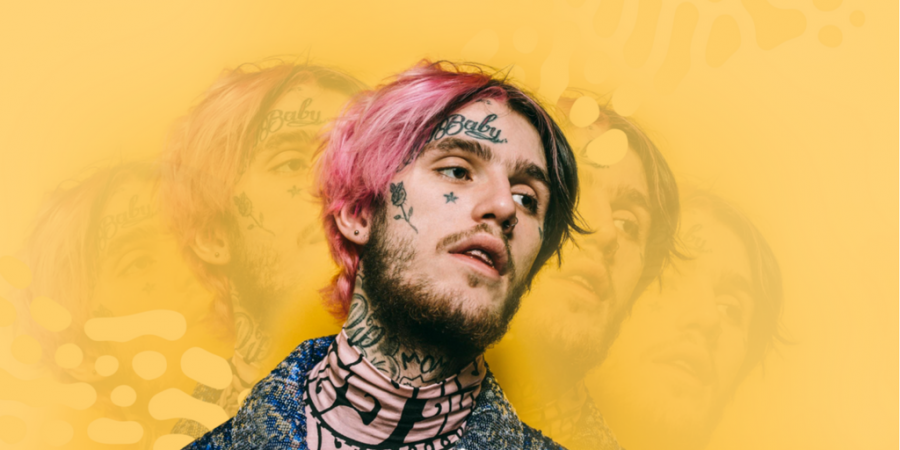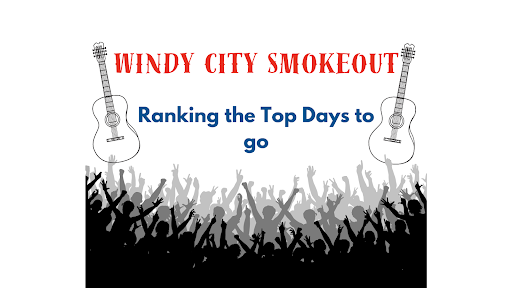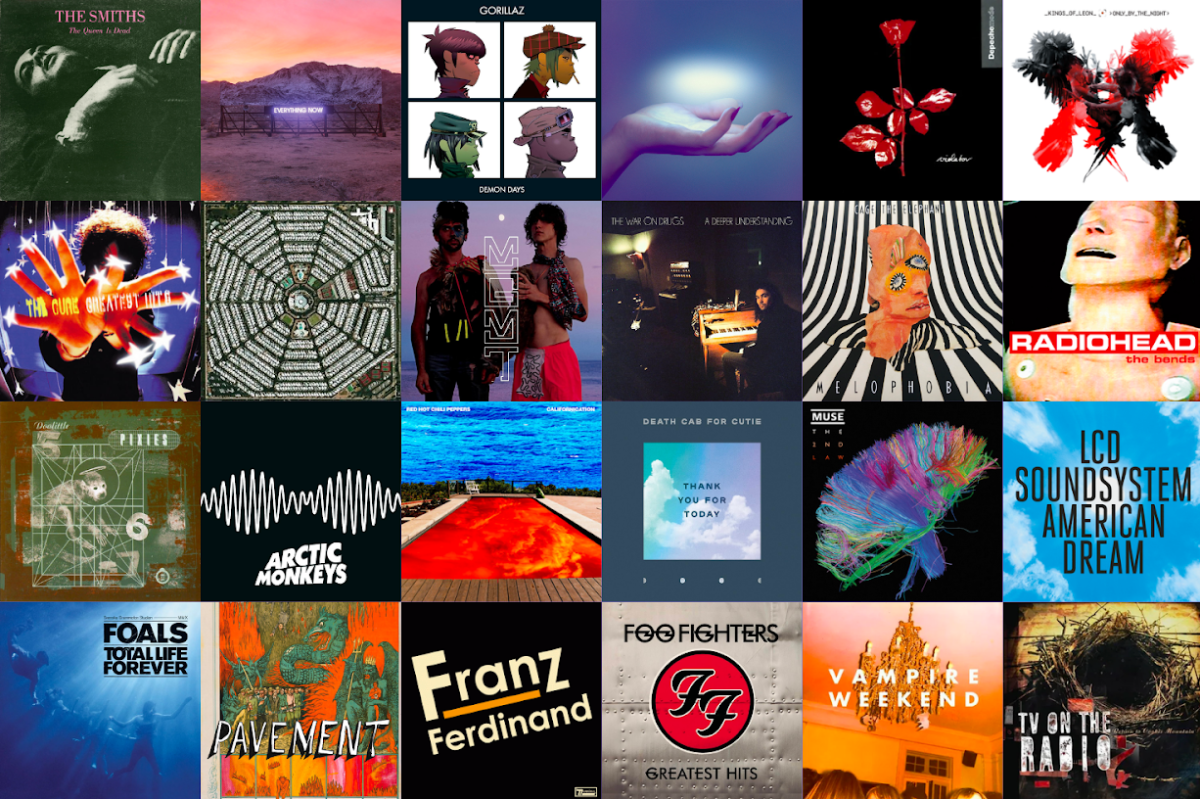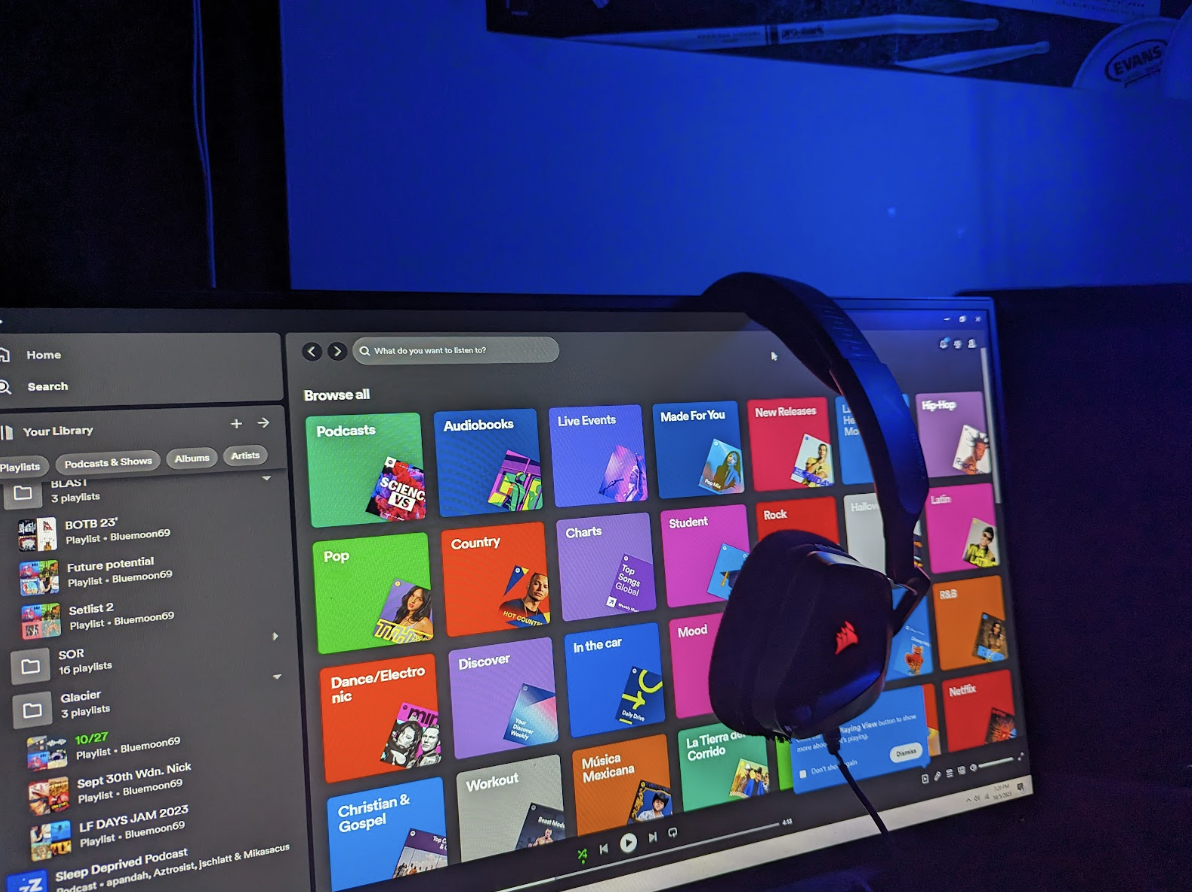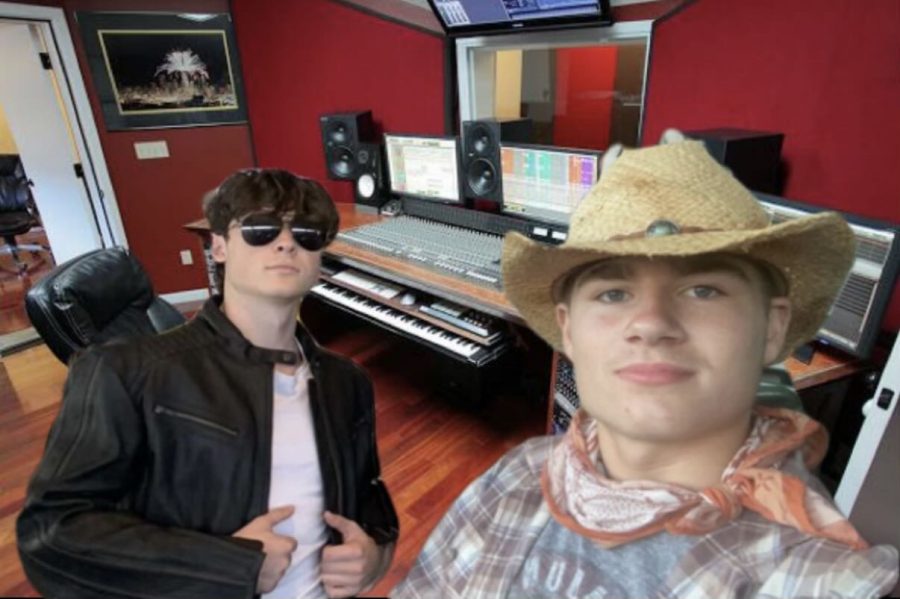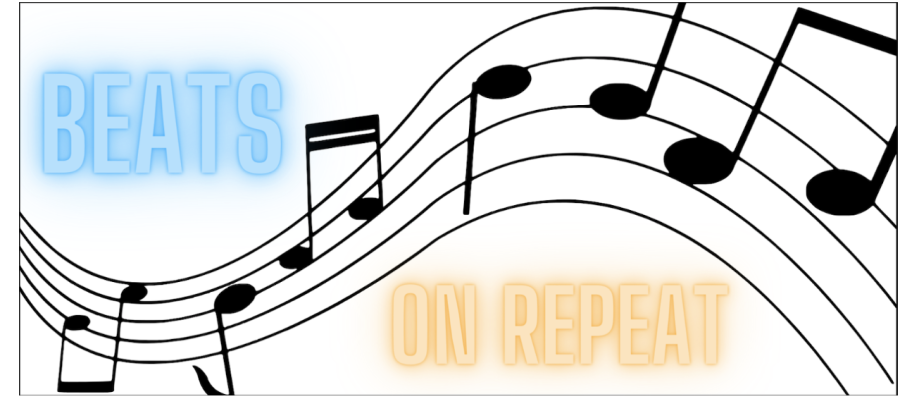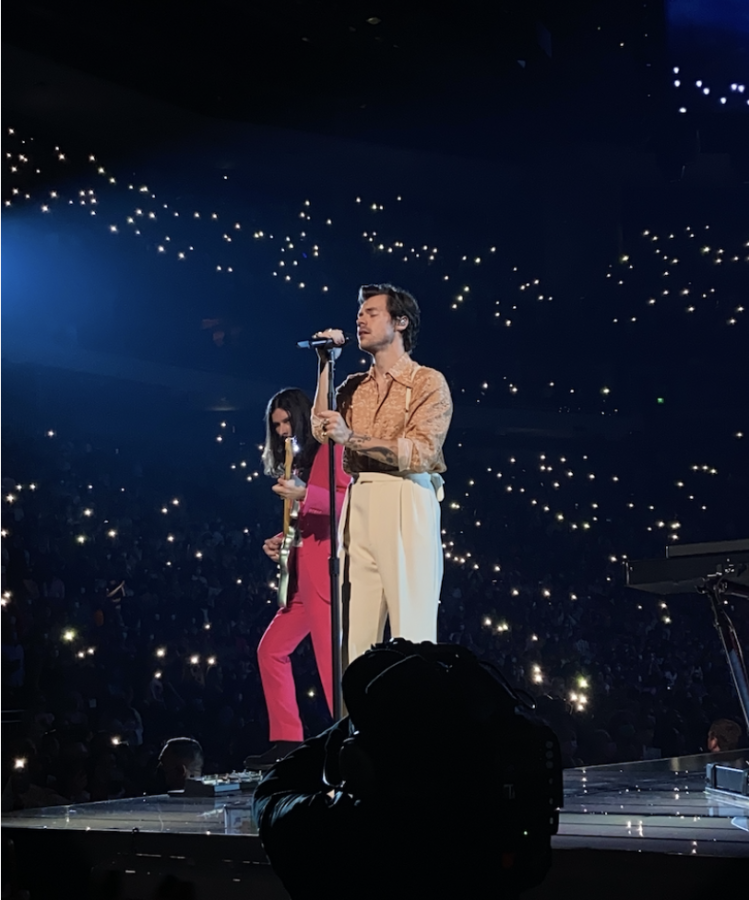 On November 15, a little over a month ago, one of the most promising young musicians of the Soundcloud generation–who helped create a powerful synthesis of hip-hop, emo and pop-punk–has tragically passed away. Lil Peep, whose given name was Gustav Åhr, was found dead on his tour bus in Tucson, Ariz. from an apparent drug overdose. He was 21 years old.
On November 15, a little over a month ago, one of the most promising young musicians of the Soundcloud generation–who helped create a powerful synthesis of hip-hop, emo and pop-punk–has tragically passed away. Lil Peep, whose given name was Gustav Åhr, was found dead on his tour bus in Tucson, Ariz. from an apparent drug overdose. He was 21 years old.
His untimely death not only leaves a huge void in the underground Soundcloud streaming community, but also in the very infrastructure of next year’s pop music. Peep’s music was gaining attention rapidly, and was on the verge of breaking through to the mainstream.
A chief executive from the First Access Entertainment company which worked with Lil Peep since last year, confirmed his death in a statement. Ms. Stennett, the aforementioned executive, said she had “spoken to his mother and she asked me to convey that she is very, very proud of him and everything he was able to achieve in his short life.”
He had a scheduled performance at a club called the Rock in Tucson, but was pronounced dead at approximately 9 pm, an hour before the show. The Tucson Police Department detectives found evidence suggesting that the rapper died due to an overdose of the popular anti-anxiety medication, Xanax, that is frequently abused by many artists in similar industries.
Benzodiazepines, such as Xanax, come with a risk of dependence and addiction. It has also been dubbed to be the “world’s deadliest pill.” Lil Peep even rapped about his use of the drug in many of his songs, “I hear voices in my head, they tellin’ me to call it quits / I found some Xanax in my bed, I took that sh*t, went back to sleep.” The most chilling detail is that his problem is wider than just his drug reliance, but the fact that his cries for help were so public. He wrote on his Instagram a few hours before he died, “I need help but not when I have my pills but that’s temporary one day maybe I won’t die young and I’ll be happy?”
Peep belonged to a generation that has taught itself to handle and process pain in a manner that’s almost like a stylised performance. People openly discuss deep sadness and hopelessness but in a intended way, structured to feed their online identities and aesthetics. It was startling enough for an online community already used to openly talking about their depression and addiction in self deprecating sarcasm, to hear Peep shout his powerlessness over a beat, to see him write his pain on his body. However it’s near impossible to process the fact that his high-visibility struggle has concluded in the worst possible outcome: that, at 21, Gustav Ahr is really gone.
It’s difficult to point the finger at Soundcloud rap culture, the opioid crisis, or Peep’s own struggle with addiction, either way there’s no making sense of this. The void he left is now filled with judgement, attempts at rationalizing, and heartbreaking expressions of grief. In spite of all of this, some fans still watch videos of his last hours, engrossed by a feeling of pain that can’t be twisted and turned into a meme or joke.
The days following his death, seven of his songs skyrocketed to Spotify’s U.S, Viral 50, a playlist made up of the country’s most rapidly shared songs. In the absence of closure, the best way to honor the late rapper is to keep listening-to his music, to each other, in hopes that the same warning signs won’t be overlooked like the ones that veiled his final social media posts. Lil Peep had what it takes to inject vulnerability into a musical world that was formed from drug use, violence, and hypermasculinity.

